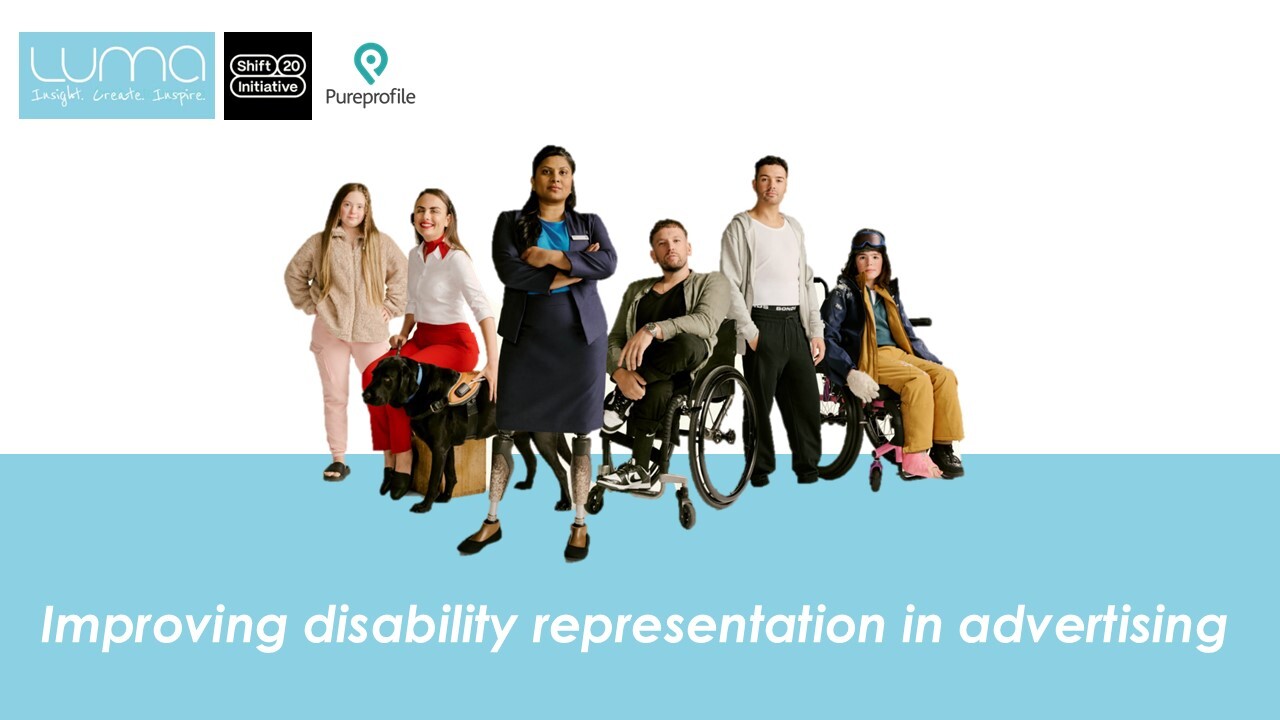So, I have a tough question for you. Is your ad REALLY worn out? Or are you just bored with it?
If there is just one piece of advice I could share with marketers about their advertising, it is to STOP changing ads so often.
But, actually, in most cases, we are not making a difference for the brand. Only around a third of ads work and just because we made a good ad last time does not mean we will have a good ad next time. If we rush to make a new ad every year, statistically we are going to get caught out somewhere.
And even if we do get it right, it takes time for an ad to be seen and establish memories, feelings and associations in consumers’ minds. A single viewing of an ad is not usually enough to embed our brand perceptions and assets. Our ad needs time to establish itself, time for it to be enjoyed and time to build memory structures.
Changing your ad every year or 6 months makes that difficult. We have some clients who change their ads every 4-6 weeks. Why? Good question! If you are a retailer and want to change your price and product messages for the seasons, it makes sense. But if you are an FMCG brand or working in financial services, there is no need to make so many ads – you will just confuse your audience and their perceptions of you. This is the risk of us changing our ads so much – we have no time to consistently build our brand.
But “what about the wear out?” I hear you asking. If we use the same ad for a long time, won’t people get sick of it?
Probably not! In most cases, ads don’t wear out that quickly. Here are 5 tips to consider…
1. What is wearout?
The marketing dictionary defines wearout as ‘the decline in the effectiveness of an ad after exposure to the audience’. But for most of us people in marketing, wearout is a dirty word and we seem to be unnecessarily concerned about it. Wearout only happens when an ad is over-exposed. These days, with our reduced advertising budgets and fragmented media, we rarely have the luxury of having an ad that is overexposed. Mostly, we have the reverse problem – under-exposure.
2. Wearout is driven more by media than the creative
If you are really worried about wearout, look at your media plan before changing your ad. Obviously, if you have really heavy TRP weights, or high frequency on limited networks/media channels your ad may wearout more quickly. In the past, I have seen clients spending upward of 400 TRPs a week on single executions. Few clients have the luxury of this sort of spending these days. But if you do have high media weights, giving your ad a ‘mini break’ can work wonders to refresh its impact.
3. Balance wearout with decay
A bigger issue for brands is actually the decay of brand memories. Decay is the ‘fading memory of an ad’ and it can set it within weeks of people being exposed to your advertising. This means that associations and feelings triggered by your ad are not long working to impact your viewers. Your brand can start to be forgotten, and your assets fade. So this is why giving your ad a little rest can work so well – people have had a chance to forget it a little and even rest of a few weeks can help.
4. Annoyance and boredom trigger wearout
If you want to minimise the wearout potential of your ad, you need to find creative constructs that are enduring. If you get the creative right, you can actually use it for years. The Mars brand seems to find the formula and then doesn’t mess with its ads. There are some great ads for M&Ms, Maltesers & Snickers which are enduring. They continue to make us smile every time we see them
We recently just tested the long-running M&Ms Plane ad and the Eclipse Mints ad to see how they rated.
So, how do you do this? Base your creative on an insight – are you talking about a consumer need or human truth? If you are, and you execute the idea in an engaging way, chances are that the ad will continue to work in the long term.
It is really only the ads that really annoy, offend or bore people that people will actively tire of. And generally, it is these ads that don’t really work in the first place. So it is not a question of whether the ads are worn out, but whether they are effective, to begin with.
5. The come-back creative
It is interesting to see some brands return to familiar brand constructs from previous campaigns. Leveraging nostalgic references is a smart approach. Not only are we able to tap into positive brand memories, but also continue to reinforce our brand assets. Obviously, it works best for the ads that people originally loved and that were true to the brand personality. Don’t dismiss this approach as lazy marketing. When we have limited budgets we need to get the biggest bang for our buck – this could be just the trick.
So, if you are feeling a little tired of your ad. Think again. Does your measurement show that it is really worn out? Or are you just sick of it? Building a brand is like climbing a mountain…it takes persistence, it takes courage and it takes time. So, don’t give up too soon.
See our website for more insights, free case studies and blogs!



